Coil splitting is an option that’s become more and more common on guitars. It promises to give you all the tone you expect from a humbucker, but with the ability to switch to a single coil sound as well. In the modern world where the boundaries between genres have been blurred and a variety of tones are expected, coil splitting can be a great asset to have.
But how does coil splitting work? How can you turn a humbucker into a single coil by pulling a knob? Does it really sound the same as a single coil pickup? In this post, we’re going to do a deep dive on coil splitting, how it works, how it sounds, and who uses it.
What Is Coil Splitting
First and foremost, let’s talk about what coil splitting is and how it works. The name is actually pretty self explanatory—you split one coil away from a humbucker, leaving one coil left to do all the work. The result is a sound more similar to a single coil than a humbucker. So how’s that actually done?
Taking a closer look, humbuckers are wired in series, meaning that the output of one coil is sent to the other coil. But when you split the coil, you skip the step of sending it to a second coil. This is accomplished by connecting both leads from the coil you want to disable to the ground, effectively canceling out that coil. By connecting this all via a push-pull pot, you get the ability to switch between both sounds (single coil and humbucker) quickly and easily.
It’s worth mentioning that there are different variations to coil splits and how they are done. You can choose which coil you want to be on during the split, whether you want both humbuckers to split, and more. The wiring can get a little complicated depending on what you choose—unless of course you opt for a pre-wired guitar wiring harness from our sister company Gunstreet—but it’s nothing too complicated if you have some basic skills. We always recommend seeing a professional though if you aren’t confident in your abilities.
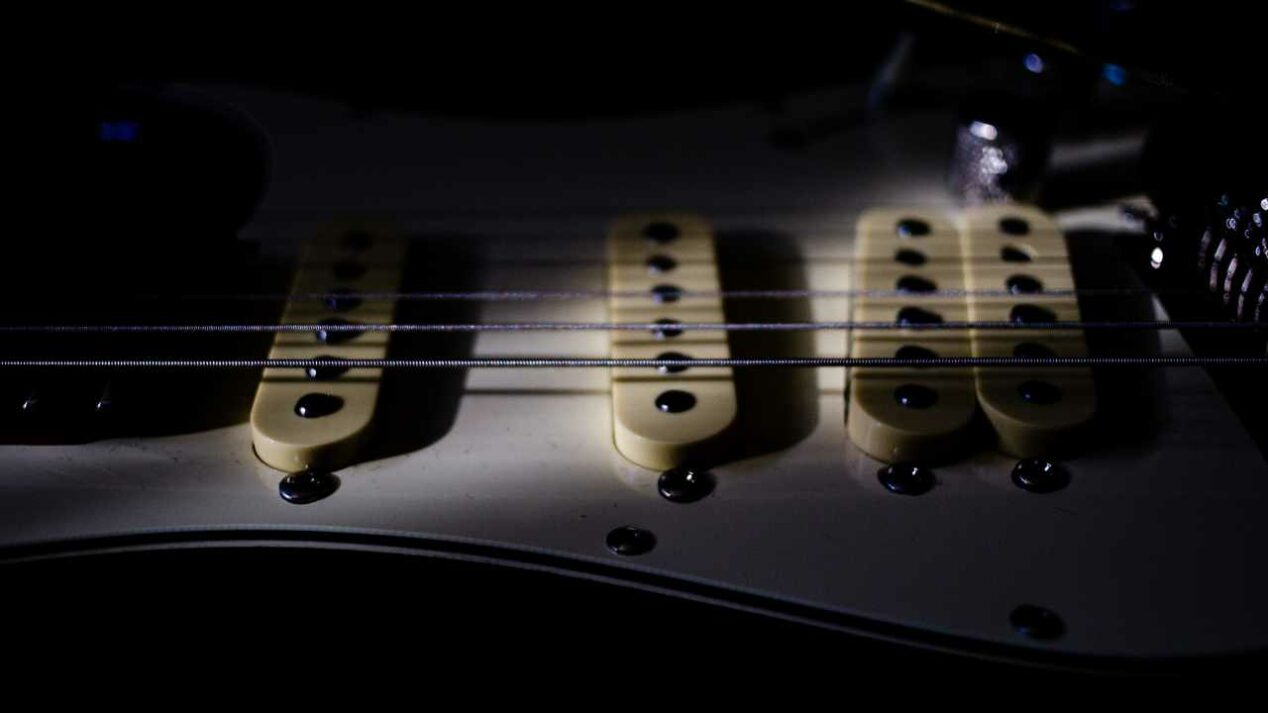
Coil Tapping vs Coil Splitting
Many people use the terms coil splitting and coil tapping interchangeably, thinking they are the same thing. However, they are actually two completely different things. Though this article is focused on coil splitting, let’s take some time to look at coil tapping to illustrate the difference between the two.
Unlike coil splitting, coil tapping can be done on both humbuckers and single coil pickups. Pickups are wound with wire, and more windings means higher output. With coil tapping, you take the signal from an earlier point on the wire (most often the middle) instead of the end. This results in a reduced output, changing the tone.
Essentially, you are just reducing the output of the pickup. This results in a more “vintage” sound, since older pickups had less output. Many Les Pauls with modern, high output pickups feature coil tapping so you can still get the classic PAF sound. They are even more common on single coil guitars, giving players access to modern sounds and more old school, low output tones on the same guitar.
To be abundantly clear, coil tapping will not make a humbucker sound like a single coil. It simply lowers the output of the pickup based on where in the winding the signal is taken from. If you are looking for a single coil sound out of a humbucker, coil splitting is your best bet. And to underline the main point of this section—coil splitting and coil tapping are not the same thing, even though many use the terms interchangeably.
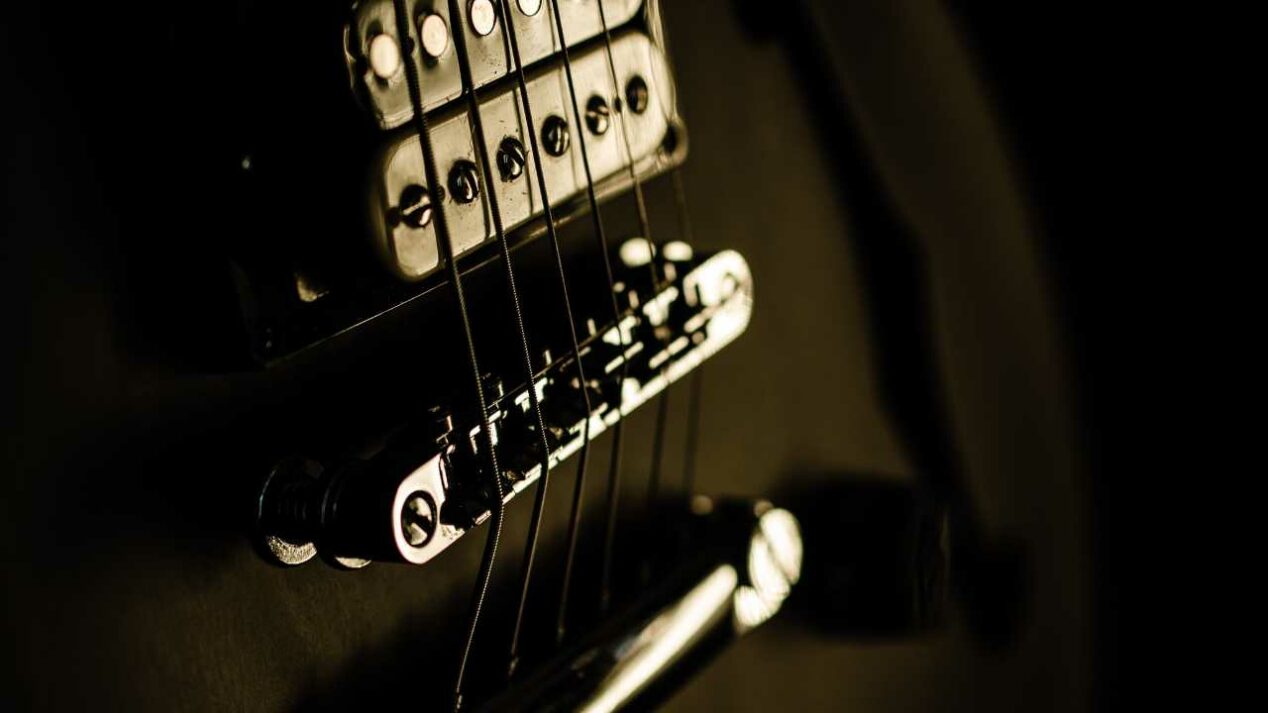
The Sound
Now that we’ve covered what coil splitting is, how it works, and how it differs from coil tapping, let’s move on to what really matters—how they sound. In theory, a split coil should sound the same as a single coil; it is a single coil at that point after all. However, that is not really the case.
Single coil pickups and humbuckers are designed differently. The physical design of the pickup, components, number of winds, etc, are all different on single coils and humbuckers. So even when you eliminate one coil from a humbucker, it won’t sound exactly like a regular single coil pickup because the remaining coil was designed to be half of a humbucker—not a standalone, single coil pickup.
So if they don’t actually sound like a single coil, what do they sound like? It all depends on the specific pickups and guitar in question, but a few generalizations can be made. Typically, they have the thinness and jangle of a single coil, but without a lot of the trademark bite and spank of single coils. Many describe them as thin and lifeless, but this depends on the set-up, EQ, etc.
All that said, they do have their use. For live performances, they can be a great way to avoid needing multiple guitars or switching guitars constantly. And though they don’t sound exactly like a single coil, their sound is distinct and unique. Many really like the sort of in-between sound that a split coil provides. On top of that, EQ, amp settings, and pedals can get your split coil to sound much more like a regular single coil.
It’s also important to mention that there are mods you can do to give your split coils even more flexibility. One of the most well known is the Jimmy Page wiring technique. This involves coil splitting, series/parallel and out of phase wiring options, and more, giving you 21 different tonal combinations. The parallel option in particular can be great for split coils since it can add more quack to your tone, making it sound even closer to an actual single coil.
Famous Users
Now, let’s take a look at a couple different guitarists who actually use split coils on their records or in live performances, as they give a better idea of what split coils are really capable of.
Jimmy Page
As mentioned above, Jimmy Page uses split coils in his “number two” Les Paul in tandem with the Jimmy Page mod. The mods were added a bit later in Page’s career, but he has been using the guitar with this set-up for decades now. With it, he can get a huge variety of different tones, giving him an incredible amount of on-stage flexibility.
Jerry Garcia
Though much of the focus on Jerry Garcia’s gear is on his incredible custom guitars, Jerry’s pickup configurations on his later guitars are quite interesting. Jerry used a wide variety of guitars with different setups—including custom and non-custom strats, an SG, a Les Paul, an odd little guitar known as “peanut,” and even a couple Travis Beanes—before eventually landing on custom Doug Irwin guitars with a triple humbucker set-up with coil splits (though he used a HHS set-up with coil splits for a while as well). This gave Jerry the ability to access essentially any type of tone he could want, all by flipping switches. For a band like the Grateful Dead that requires tonal flexibility, it was the perfect set-up.
Conclusion
Though many think coil splitting is a poor attempt at duplicating the single coil sound, it can be a great option to have available on your guitar to add versatility. And with the right set-up, it’s possible to get incredible sounds out of a split coil too.
So next time you go to buy a guitar, consider if you want one that has the ability to split coils. Though you won’t get a Les Paul that sounds exactly like a Strat, you might get one that gives you a lot more tonal flexibility and inspires you to try out some new sounds.

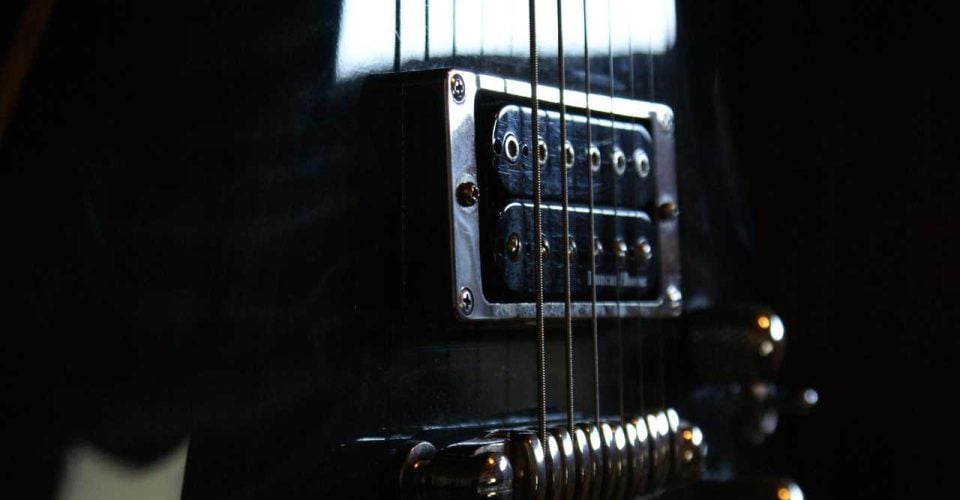
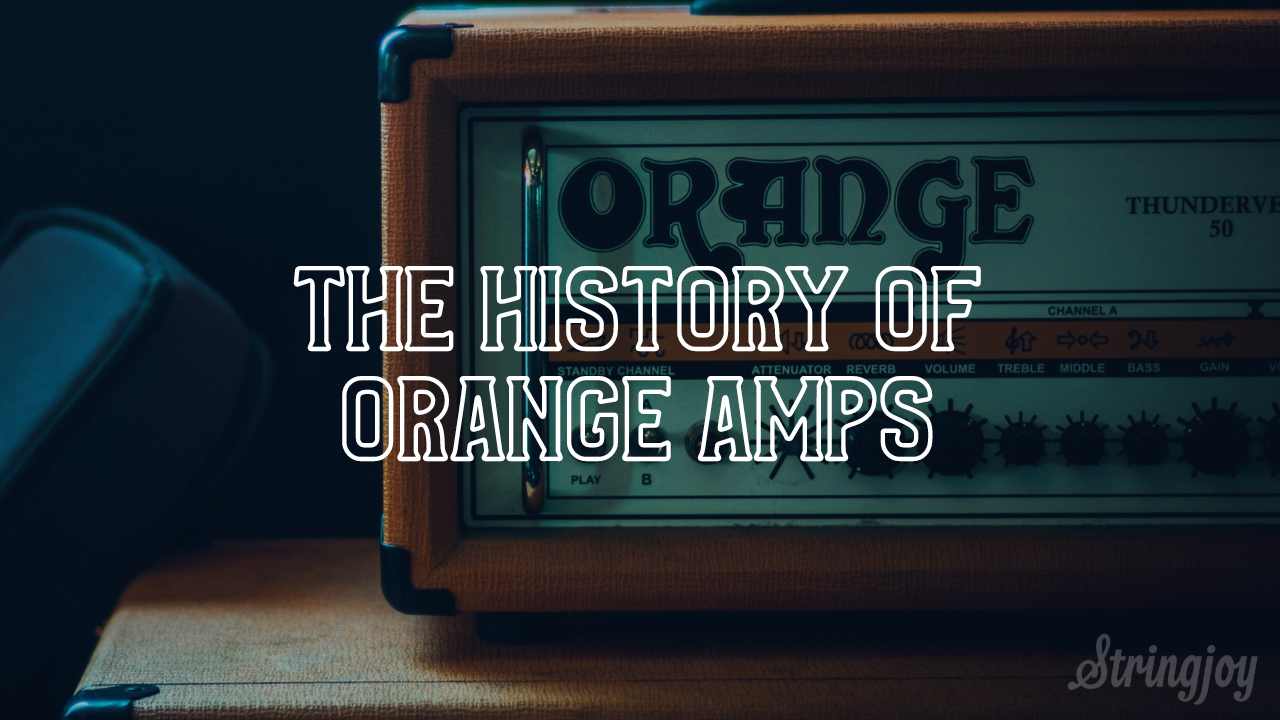




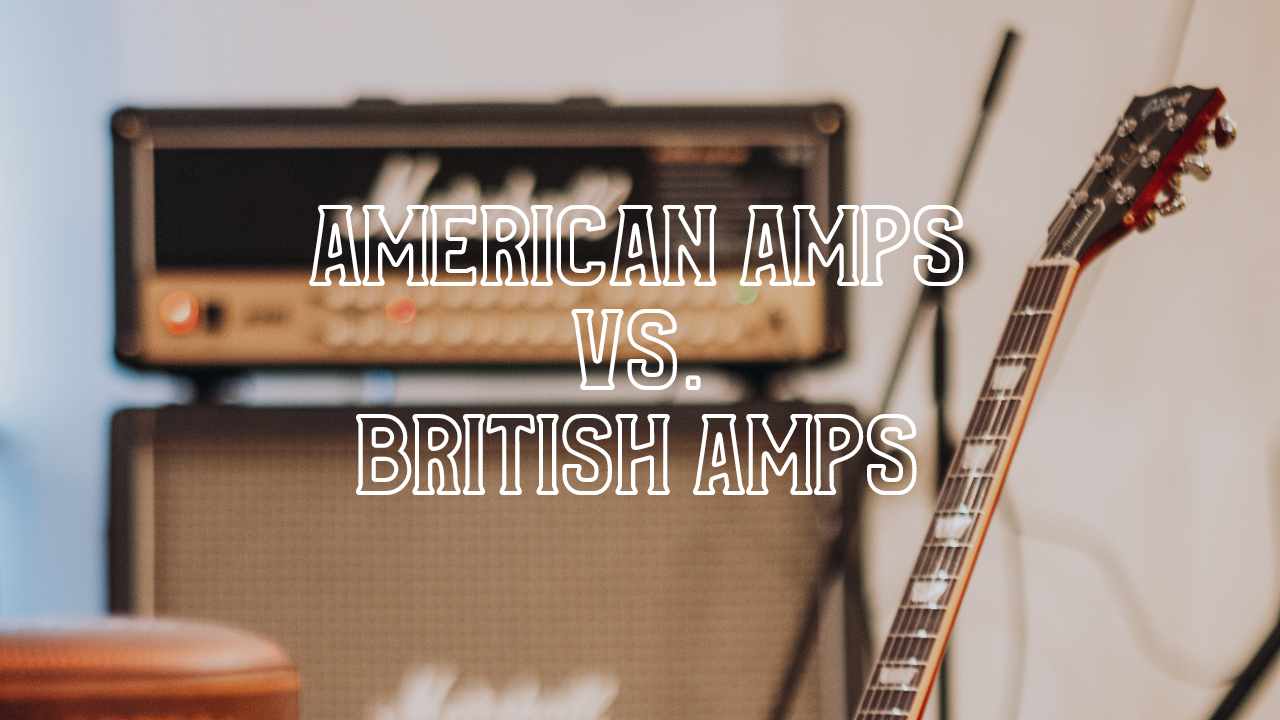
One Response
After reading your “How Does Coil Splitting Work?”, I would like your take on Dean Zelinsky guitars’ SideKick and TruTap Humbuckers.
According to his website “…(they) are the World’s first pickups that are true Humbuckers and switch to an authentic Single-Coil – all in a single housing. With our pickup technology, switching from humbucker to single-coil, the pickups actually match volume. There is virtually no volume drop-off as in conventional Humbucker coil-tapping or splitting.”